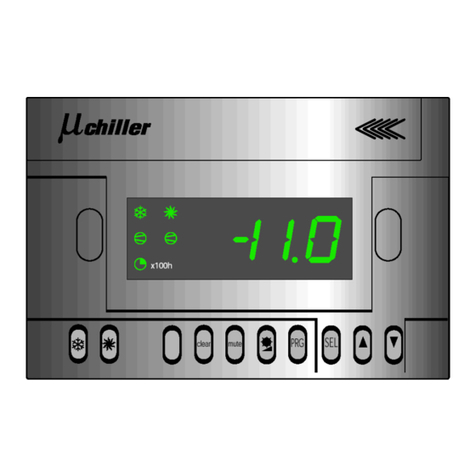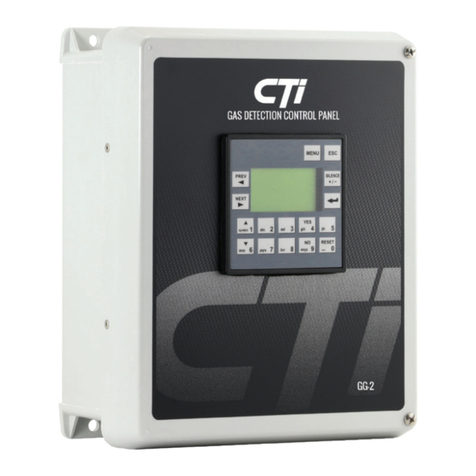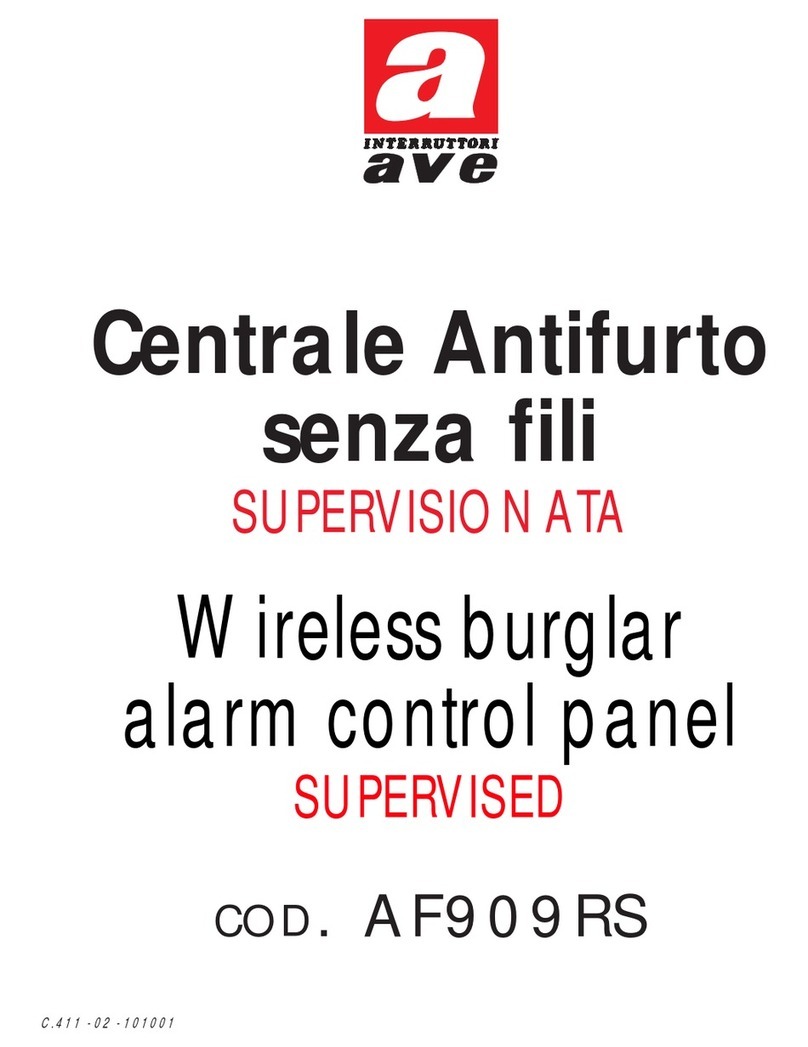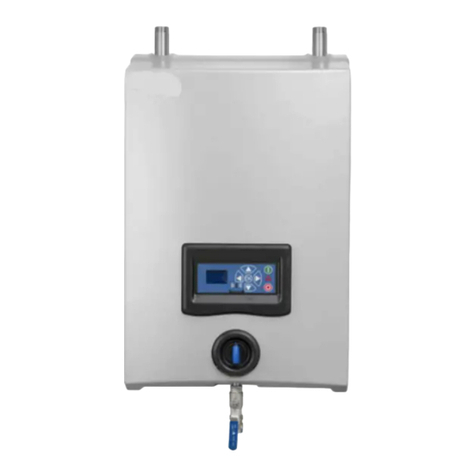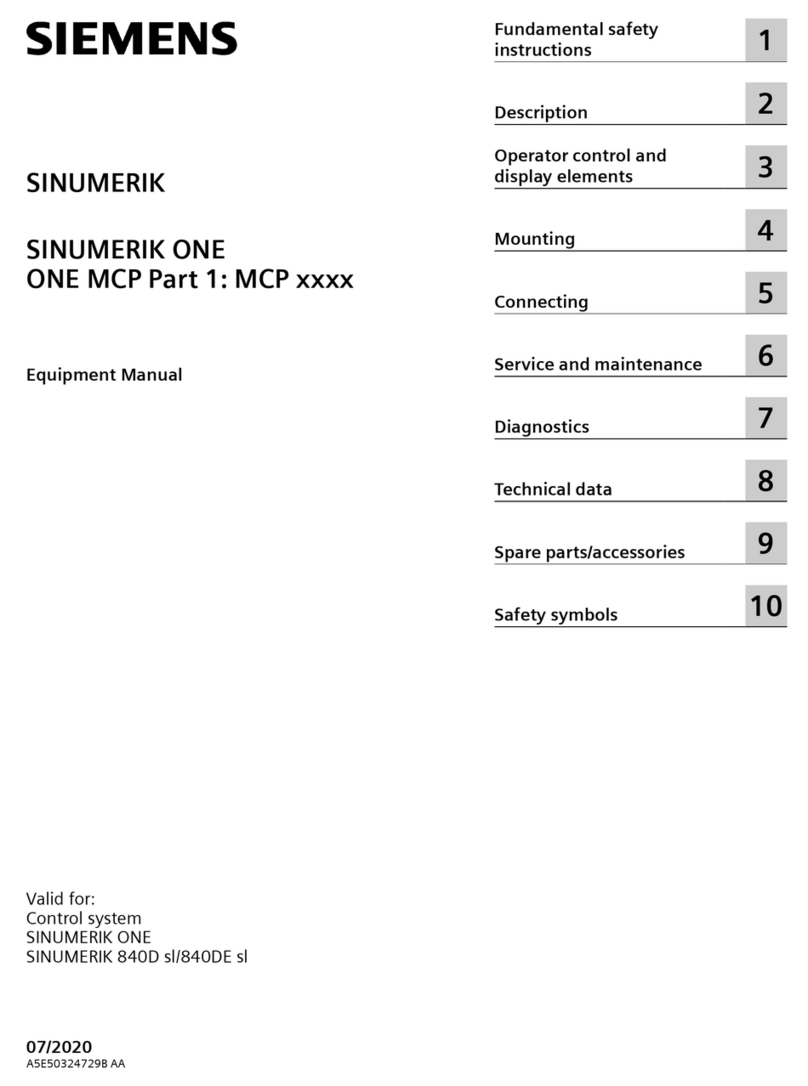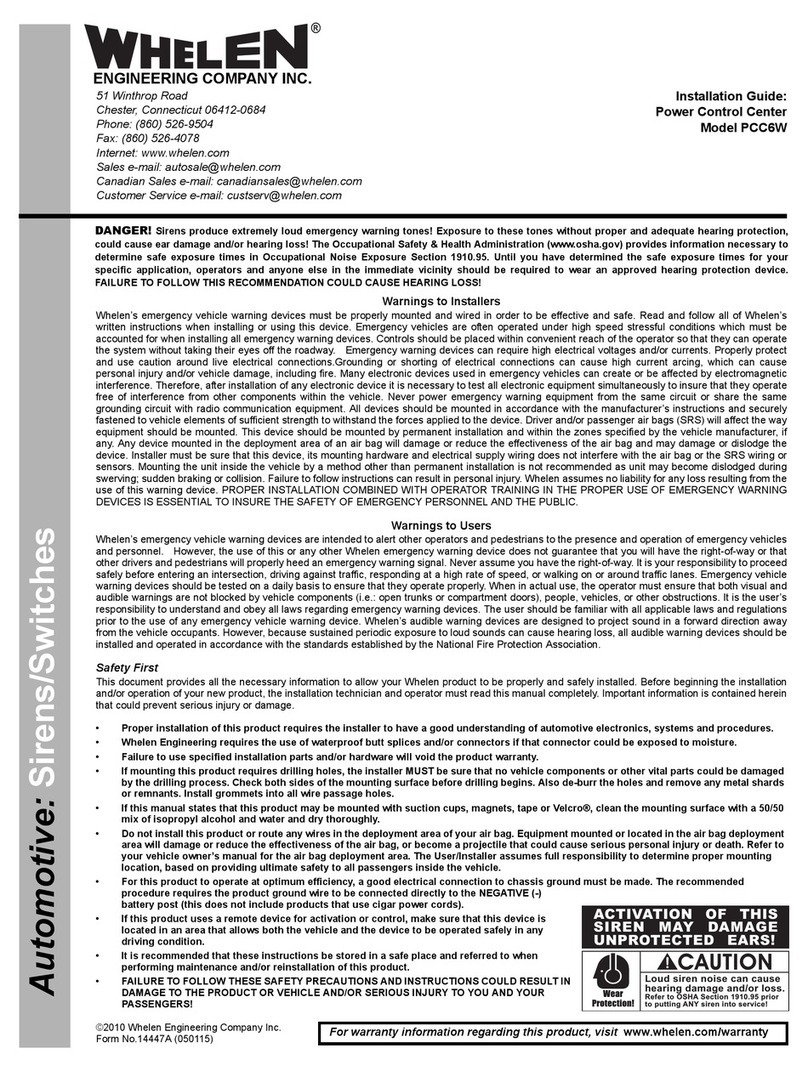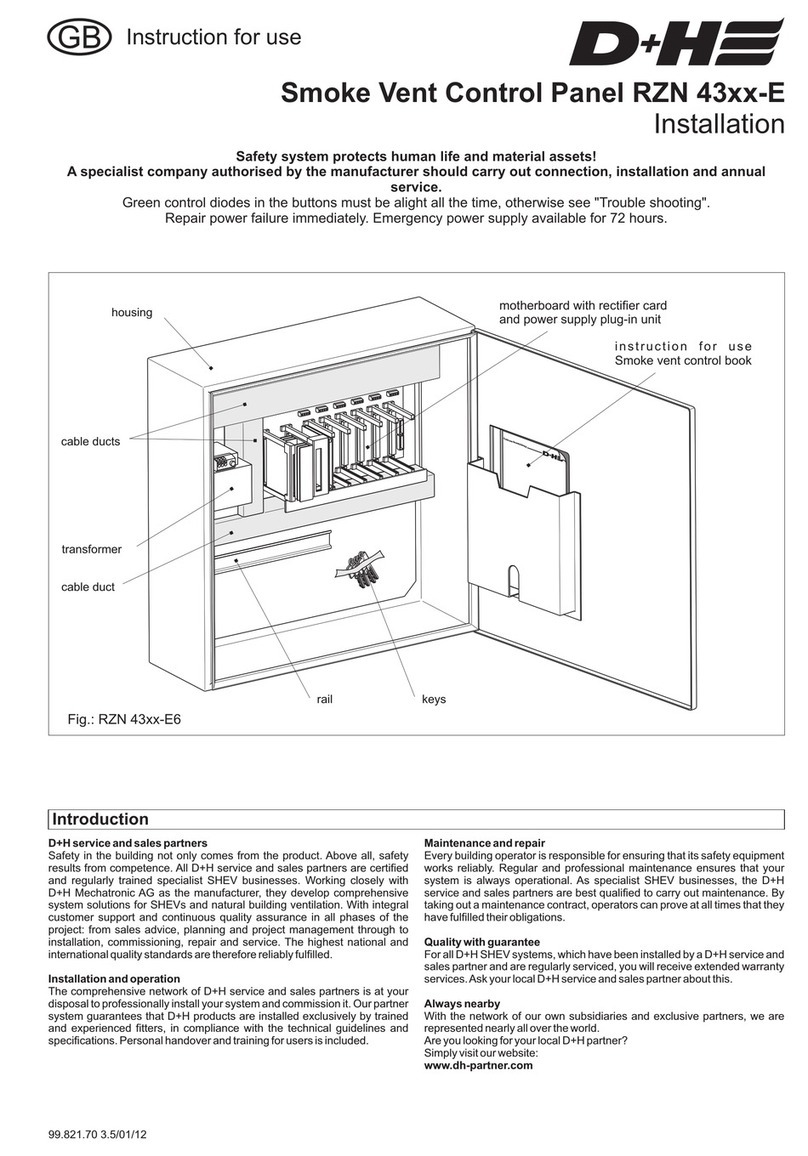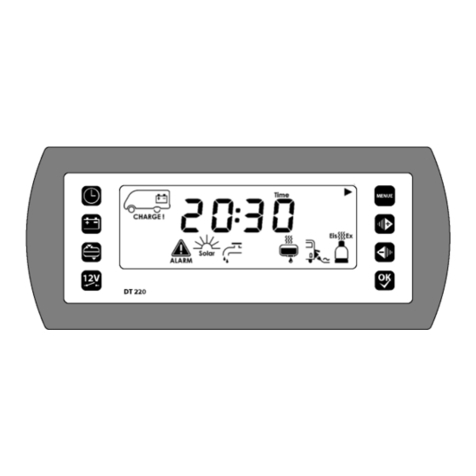THOMPSON PUMP J1939 User manual

Product Manual
Pump Display & Control Panel
J1939 iT4 Engines
Part Number: MVP-321
Revision: 1.0
___________________________________________________________________________________________________________________________________

- 2 -
TABLE OF CONTENTS
PRIOR TO ENGINE START………………...…………………………………………………………………….….…….……….…………...2
CAN Bus CONFIGURATION
THROTTLE SETTINGS…………………………..………………………………….……………………………………….….……………….....3
MANUAL OPERATION SPECIFICS
INSTALLATION INFORMATION……...........………………………………...……………………………………………………………....4
CONNECTOR INFORMATION……...........………………………………...………………………………………………………………….5
ENGINE ALARMS, CODES AND MESSAGES……………………………………………………………………………...……..7
ENGINE ECU ALARMS/DE-RATE/SHUT DOWNS
ALARM ANNUNCIATION AND CODE READER
PANEL INDICATION LAMPS
ACTIVE AND STORED ENGINE ECU CODES
CONTROL PANEL ANALOG AND DIGITAL INPUTS……………………………………………………………………..…9
MENU SYSTEM……………………………………………………………………………………………..…………………………………….……11
MENU ACCESS, EXIT AND NAVIGATION
MENUS TO VIEW INFORMATION
MENUS TO CONFIGURE MODULE SETTINGS
EMISSIONS MONITORING……………………………………………………………………………………………..………………………14

- 3 -
Prior to starting the engine, select the proper throttle control mode and parameters required
for application.
CAN Bus Configuration
This module communicates to the engine ECU via the J1939 CAN Bus network. This is a three
wire connection to the engine ECU. Engine information and alarm codes are broadcast over the
CAN busfrom the engine ECU to the controller display. And, the controller communicates throttle
commands to the engine ECU over the CAN bus.
To assure proper communications between the engine ECU and the controller, the correct
SOURCE ADDRESS and TSC1 ADDRESS need to be selected in the controllerfor the particular
engine make and model. These settings are available in the CAN CONFIGURATION MENU.

- 4 -
Throttle Settings
The following bolded settings are required formanual (and automatic) operation in the Throttle
Configuration menu.
Throttle Configuration
Throttle Type - Throttle Type Selection
TSC Min Speed Selection
TSC Max Speed Selection
TSC Ramp Rate Selection
Throttle Curve Selection
Multistate Speed 1 Selection
Multistate Speed 2 Selection
Multistate Speed 3 Selection
Multistate Speed 4 Selection
High-Low (Momentary High)
Manual Throttle Options
1) Vernier Throttle
Vernierthrottle is standard up and down throttle between the minimum and maximum
selections. The ramp rate is the rate of acceleration in rpm’s per second. The control panel
uses J1939 throttle, also called “torque speed control” or TSC1.
2) Multistate Throttle
Multistate throttle provides for one, two, three orfour specific operating speeds. Pressing the up
and down buttonsadjusts engine speed between the selected multistate speed selections.
3) High/Low
Engine accelerates to the Max speed setting with the UP button is pressed. When the UP
button is released, the engine goes back to idle speed.

- 5 -
INSTALLATION INFORMATION

- 6 -
CONNECTOR INFORMATION

- 7 -
ENGINE ALARMS, CODES AND MESSAGES
Engine ECU Alarm/De-Rate/Shut Downs
It is important to understand panel operation with respect to engine safetyprotections, alarms, and
fault codes. The paneloperates with J1939 engines. These engines have an ECU (engine control
unit) which is essentially a computer that runs the engine. When engine parameters are out of
normal operating ranges, the ECU takes specific actions which can include the following:
1) Broadcast a trouble code
2) Broadcast a red or yellow lamp
3) De-rate the engine
4) Shut down the engine
5) Turn on alarm horn
It is the engine ECU that de-rates or shuts down the engine when it is not operating within normal
parameters. This includes more common shut downs like high engine temperature and low oil
pressure but can encompass a large range of parameters depending on the ECU.
Alarm Annunciation and Code Reader
This panel is configured to operate with standard J1939 engines where engine de-rate and
shutdowns are managed by the engine ECU. The panel communicates with the engine ECU and
serves as a trouble code reader. When the engine ECU broadcasts atrouble code (called an
SPN.FMI code) the panel does the following:
1) Illuminate the appropriate LED indicator lamp
a. Yellow Lamp = Alarm
b. Red Lamp = Engine Shut Down
2) Displays the trouble code (standard SPN.FMI code)
3) Displays a code description on the LCD screen
4) Displays the occurrence count of the code

- 8 -
Indicator Lamps
.
Active and Stored Engine ECU Codes
The panelalso provides the ability to check the engine ECU for all ACTIVE and STORED engine
ECU codes. These codes can be viewed via the Active Codes and Stored Codes menus.
Engine
Fault
Lamp
Engine
Alarm
Lamp
Regen
Active
Lamp
DPF
Lamp
Regen
Inhibit
Lamp
DEF
Lamp

- 9 -
CONTROL PANEL ANALOG AND DIGITAL INPUTS
The panel hasone analog input and up to onedigital input available to monitor other components,
senders or signals. These inputs can be used for a number of purposes including alarms and shut
downs.
Input
Heading
Default
Options
Connector
Pin
Analog 1
Function
A
5
Digital 1
Normally
Open
Open / Closed
A
4
Function
None
Message
None
Check
Off
Off / Always / Run
1) Analog 1 Function Options
1) Fuel Level S-W –Fuel amount, in percentage, can be measured and displayed using a
standard Stewart Warner scale sender of 240 ohms –33 ohms. 240 = Empty and 33 = Full.
Sender ground must be common with battery negative.
2) Fuel Level VDO –Fuelamount, in percentage can be measured and displayed using a VDO
scale sender of 10 ohms –180 ohms. 10 = Empty and 180 = Full. Sender ground must be
common with battery negative.
3) Oil Pressure PSI –Oil pressure, in PSI, can be measured and displayed using a standard
StewartWarner scale sender of 240 ohms –33 ohms. 240 = 0 PSI and 33 = 100 PSI.
Sender ground must be common with battery negative.
4) Oil Pressure bar –Oil pressure, in bar, can be measured and displayed standard Stewart
Warner scale sender of 240 ohms –33 ohms. 240 = 0 bar and 33 = 7 bar. Sender ground
must be common with battery negative.
5) Oil Pressure VDO PSI –Oil pressure, in PSI, can be measured and displayed using a
standard Stewart Warner scale sender of 10 ohms –180 ohms. 10 = 0 PSI and 180 = 150
PSI. Sender ground must be common with battery negative.
6) Oil Pressure bar –Oil pressure, in bar, can be measured and displayed using a standard
StewartWarner scale sender of 10 ohms –180 ohms. 240 = 0 bar and 33 = 10 bar.
Sender ground must be common with battery negative.
7) Switch –This setting allows for a switch to be connected rather than an analog sender. Set
Analog 1 Message to assign a label to the switch device.
8) None –Set to None when no functionality is required.
2) Digital Function Activation
1) Off / Always / Run –Describes when the parameter will be monitored for alarm conditions.
Run refers to when the engine is running. Off disables the alarm conditions. Always enables
the alarm constantly regardless of engine state.
2) Alarm Delay –The time period, after Sender Check Bypass, that the parameter must be on the
alarm condition before the alarm becomes latched.

- 10 -
MENU SYSTEM
To Enter Menu System
Hold MENU button and press ENTER button.
Menu Navigation
Press MENU button to scroll menu options.
Press UP arrow button to entermenu.
Press DOWN arrowbutton to reverse.
Exit Menu System
Hold MENU button and press ENTER button.
To Change a Setting
Press ENTER button to bring up brackets [ ].
Press UP arrow button and DOWN arrow button to change setting.
Press ENTER button to make selection, brackets disappear.
Recycle key to the OFF position after changing a setting.

- 11 -
Main Menus
Main Menus
Sub Menus
Emissions Parameters
View/Scroll Active Fault Codes
Active Engine Fault Codes
View/Scroll Active Fault Codes
Engine Parameters
View ECU Engine Information
(% Load, Torque, Oil Temp, etc.)
Engine Identification
Engine Model # View
Engine Serial # View
Module Information
Control Unit Part# View
Control Unit Software Version View
Controller Setup
Input Configuration
(1)
(PASSWORD PROTECTED)
Throttle Configuration
(2)
Module Configuration
(3)
CAN Configuration
(4)
Emissions Configuration
(5)
MOD bus Configuration
(6)
To access the controller setup menus, a password is required. The password
is 4345.
Configuration
Menus
Viewing Menus

- 12 -
Configuration Menus
(1)
Input Configuration
Analog 1 Function
Digital Input Function
Digital B1 Function
Digital B2 Function
(2)
Throttle Configuration
Throttle Type - Throttle Type Selection
TSC Min Speed Selection
TSC Max Speed Selection
TSC Ramp Rate Selection
Throttle Curve Selection
(3)
Module Configuration
Display Units (English, Metric)
Hour meter Source (Engine ECU, Internal)
Battery Source (J1939, Internal)
Battery Volt Trim
(4)
CAN Configuration
Source Address (Default = 44) Others available
TSC1 Address (Default = 3) Others available
Engine Address (Default = 0) Others available
Oil/Fuel Transmit
(5)
Emissions Configuration
TSC Regen Speed Selection
Allow Service Regen Yes/No (Deere Only)
Regen Interlock On/Off
TSC Transmit Yes/No (stop TSC to engine during regen)
EMISSIONS MONITORING
Emissions Information

CONTROLS, INCORPORATED
C O N T R O L S Y S T E M S & S O L U T I O N S
- 13 -
The panel provides lamp indications, display messages and other emission related information.
This information is broadcast from the engine ECU and is captured and displayed by the panel. The
panel includes an Emissions Parameters viewing menu that allows the operator to view the following
emissions related information.
Heading
Default
Range
DPF Soot Load
View
Only
0 –200%
DPF Ash Load
View
Only
0 –200%
Time Since
Regeneration
View
Only
# of Hours Since
Last
Regeneration
Regeneration
Process
Current
Status
Active or Not
Active

CONTROLS, INCORPORATED
C O N T R O L S Y S T E M S & S O L U T I O N S
- 14 -
Regeneration
The regeneration process is controlled by the engine ECU. The engine ECU monitors emissions
parameters such assoot level and ash level. When the engine ECU determines that a regeneration
is necessary, it initiates the regeneration process which requires the engine to operate at a
designated speed for adesignated period of time as determined by the engine ECU. The engine
ECU communicates the need fora regeneration via the regeneration lamp on the panel.
When the engine ECU initiates a regeneration, the yellow DPF (DieselParticulate Filter) lamp will
illuminate with the display message shown above. The operator can press the ENTERbutton (for
Yes) to allow the regeneration to initiate or the MENU button (for No) to delay the regeneration
process to a later time. Answering “No” only delays the regeneration process. The regeneration
lamp stays illuminated and regen request prompts continue as long as the engine ECUdetermines
a regeneration is required
Over time, the engine ECU increases the level of severity through both lamp indicationsand display
messages. Levels of severity:
1) Lowest Level
2) Moderate Level
3) High Level
4) Warning Level
5) Service Regen Level
At the lowest level, the DFP lamp illuminates. As the
levels increase, the DFP lamp begins to blink. As the
levels continue to increase the yellowalarm lamp
illuminates.
DPF
Lamp
DPF Lamp
(Blinking)

CONTROLS, INCORPORATED
C O N T R O L S Y S T E M S & S O L U T I O N S
- 15 -
At the most severe level, the DPF lamp blinks and the
red engine alarm lamp illuminates.
Standard Regeneration
If the operator selects ENTER for yes, the panel will show the “RPM May Increase” message and
ask the operator to respond by pressing the MENU button for “no” or the ENTER button for “yes”.
This interlock question is asked to make sure the operator is aware that the engine ECU may
increase engine speedper the regeneration requirements.
DPF Lamp
(Blinking)
DPF Lamp
(Blinking)

CONTROLS, INCORPORATED
C O N T R O L S Y S T E M S & S O L U T I O N S
- 16 -
The regeneration active lamp illuminates during the regeneration process. The DFP lamp stays
illuminated until the engine ECU determines that a regeneration is no longer required.
Regen
Active
Lamp
DPF
Lamp
Other manuals for J1939
1
Table of contents
Popular Control Panel manuals by other brands
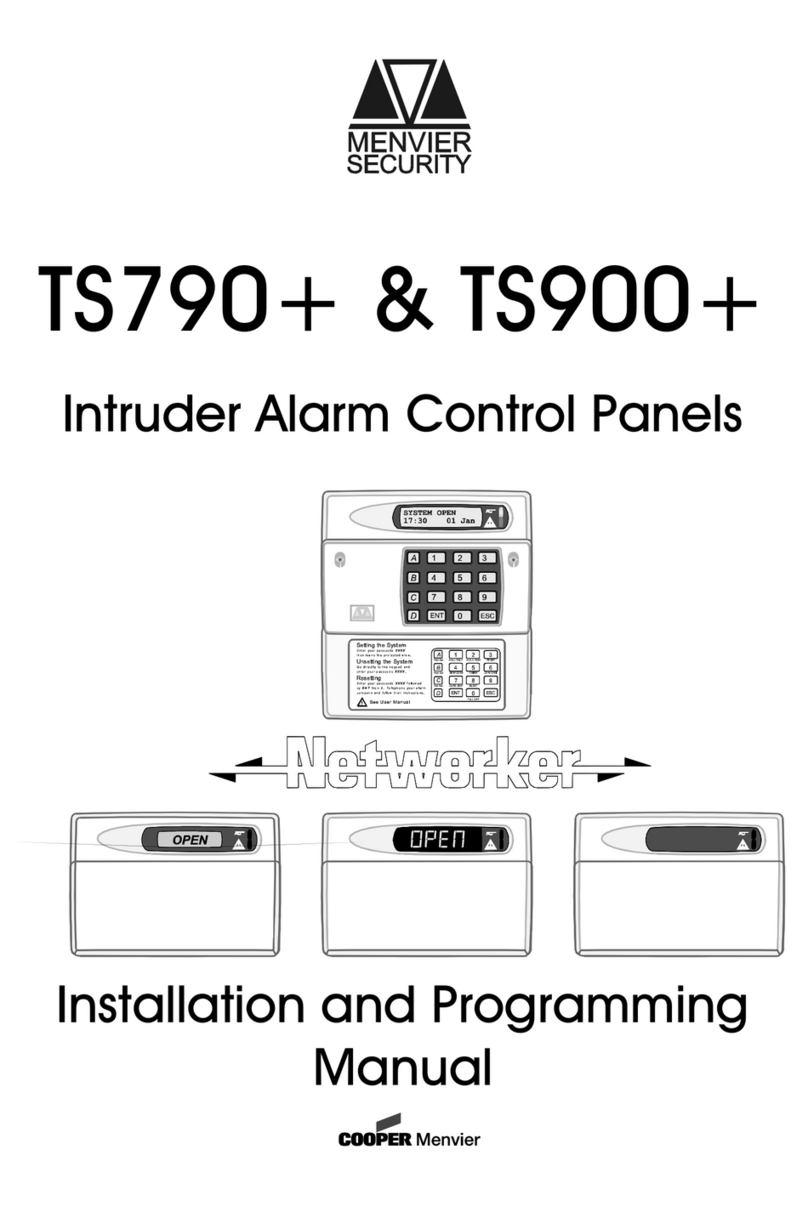
Menvier Security
Menvier Security TS790+ Installation and programming manual
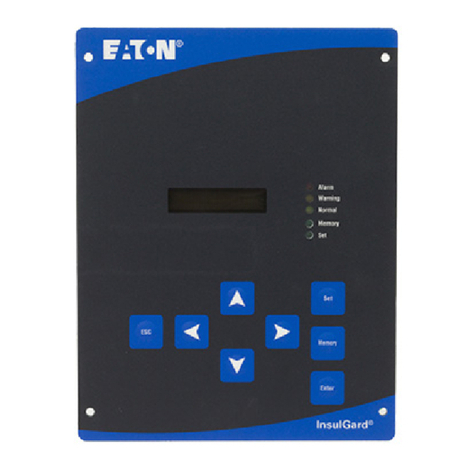
Eaton
Eaton InsulGard Installation and Start Up Guideline
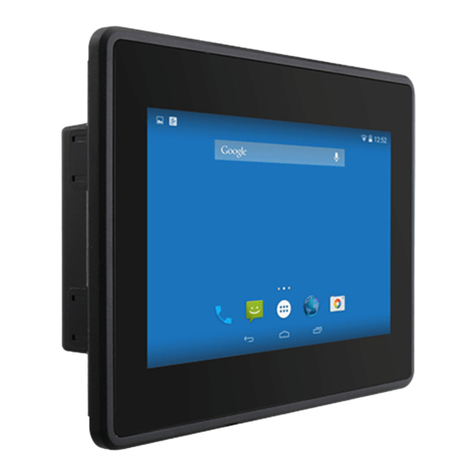
Winmate
Winmate W05FA3S-ELT1 quick start guide
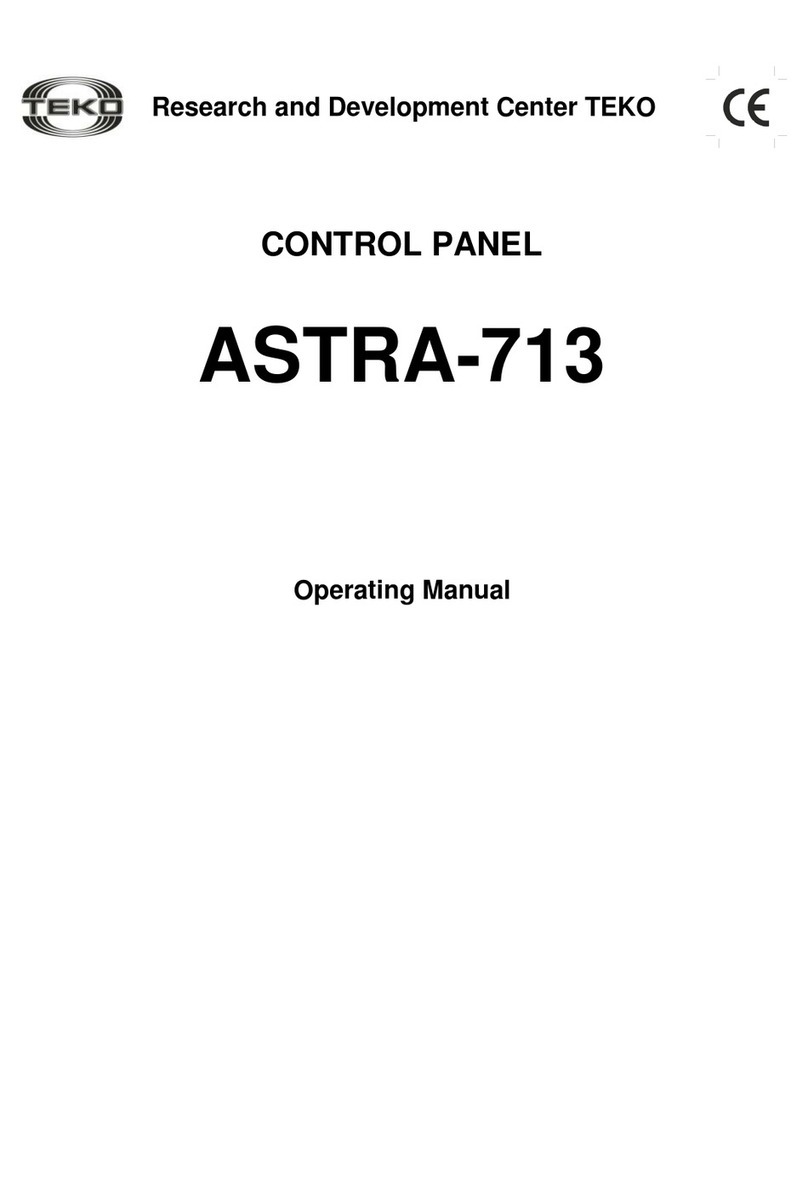
teko
teko ASTRA-713 operating manual

WAREMA
WAREMA Climatronic 3 Series Operation
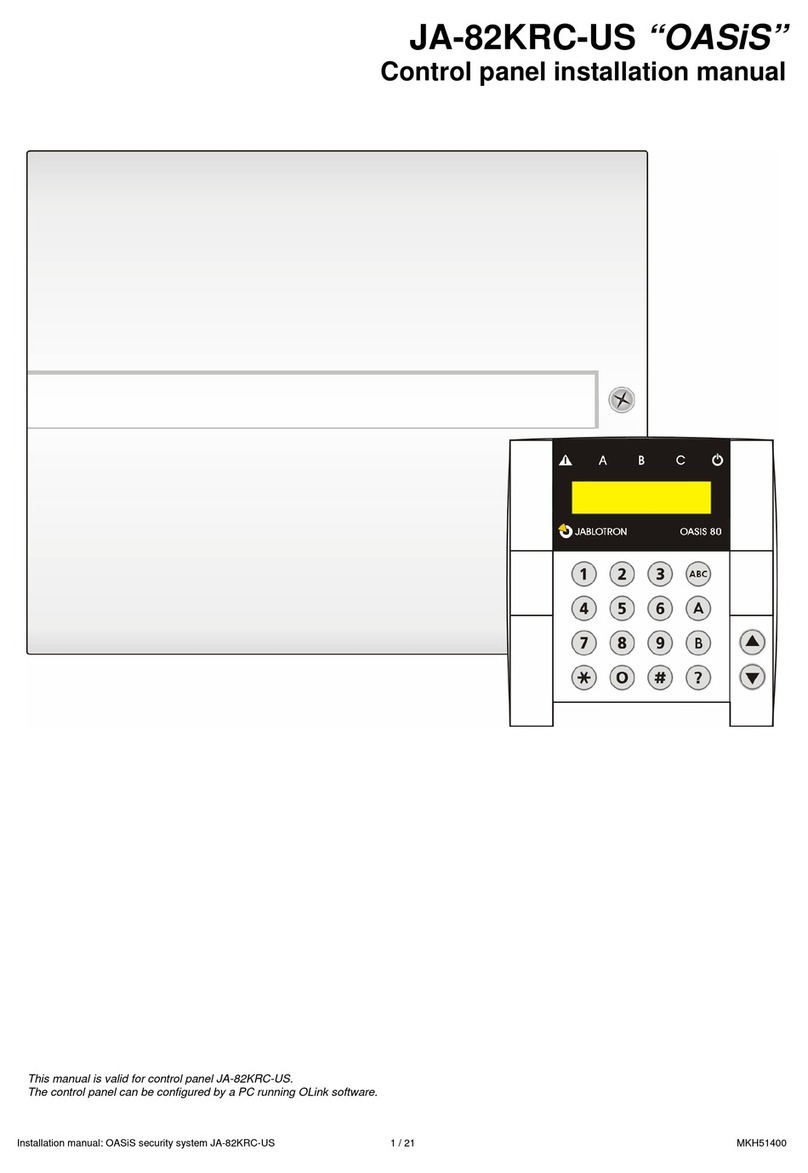
jablotron
jablotron JA-82KRC-US instruction manual
